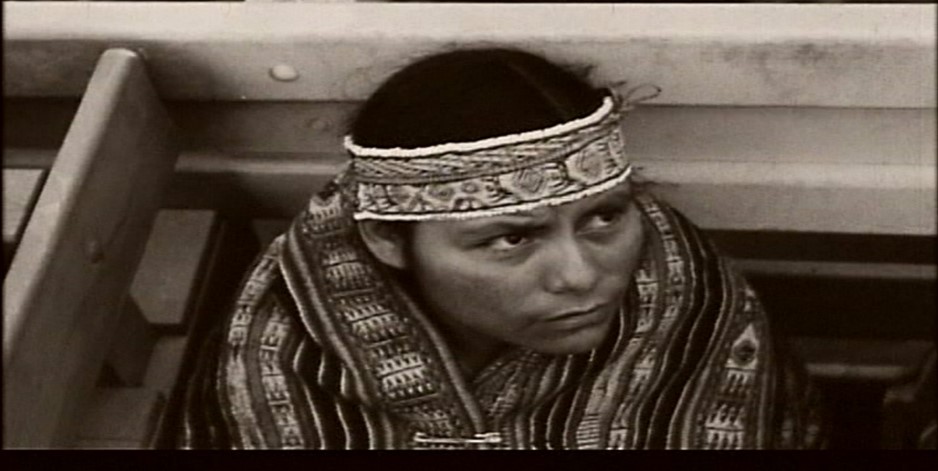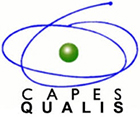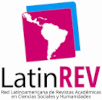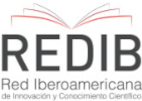El primer plano en "Yawar Mallku" (1969): Rostros anónimos e imágenes-reflectantes
Keywords:
Yawar Mallku, Jorge Sanjinés, Close-up, Individual, Collectivity.Abstract
This article is the result of a frame-by-frame analysis of Jorge Sanjinés' film: Yawar Mallku (1969). The analysis focuses on the functions performed by the close-up in the film. The hypothesis is raised that this technique does not seek to express the individuality of a character. On the contrary, facial images are reflective surfaces that allow describing a space or serve as vehicles for metaphor. Hence, specific individuals merge into collectivity by treating them as anonymous faces, that is, without inherent value.
This analysis aims to contribute to understanding Sanjinés' body of work, based on a non-teleological model of understanding. In other words, without succumbing to the temptation of assuming that all films following Yawar Mallku are "preparations" leading to Sanjinés' masterpiece, La nación clandestina (1989).
Downloads

Downloads
Published
How to Cite
Issue
Section
License
Copyright (c) 2024 Sebastian Morales

This work is licensed under a Creative Commons Attribution-NonCommercial-NoDerivatives 4.0 International License.
Imagofagia adhiere a las diferentes iniciativas que promueven el acceso libre al conocimiento, por lo que todos los contenidos de la revista son de acceso libre y gratuito según la política de Creative-Commons de tipo Reconocimiento-NoComercial-SinObraDerivada 4.0.
Los autores conservarán la propiedad intelectual de los trabajos y concederán a Imagofagia el derecho de su primera publicación bajo las condiciones de dicha política. El envío de cualquier colaboración a la revista implica la aceptación de lo establecido en este documento y la autorización al Comité Editorial para incluirlo en su página electrónica, reimpresiones, colecciones y en cualquier otro medio que permita lograr una mayor y mejor difusión de la publicación.
Luego de su publicación en Imagofagia, los autores podrán republicar sus trabajos o distribuirlos libremente en forma electrónica mencionando su aparición inicial en esta revista.




















